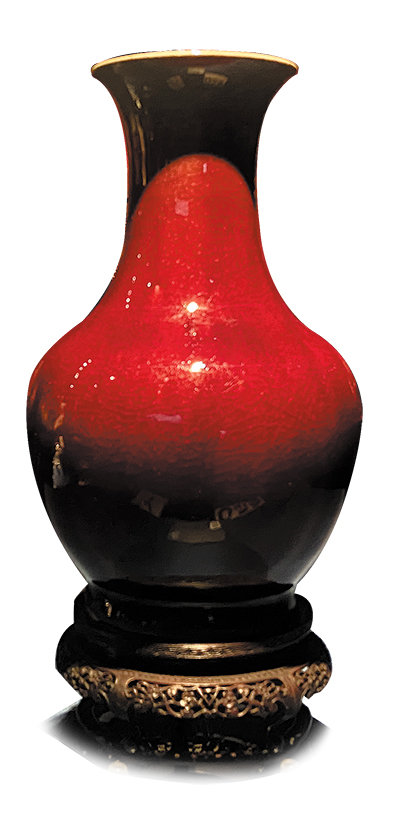

Natural inspiration
The shift from agriculture to industrialization brought dramatic changes to every aspect of British society.
In terms of fine arts, a group of homegrown artists, art buyers and patrons emerged, and exhibitions were staged to bring more cultural experiences and better education to more people, says Li Mo, an exhibition curator at the National Centre for the Performing Arts.
Of the many artists who gained acclaim during this period, Joseph Mallord William Turner helped to elevate the landscape painting to an eminence that rivaled previously predominant motifs. That's why his painting, The Wreck Buoy, opens the exhibition.
An 1849 remake of a previous version exemplifies Turner's innovative use of color in a highly expressive manner and his noted mastery through turbulent marine scenes. Art critic John Ruskin once described this piece as, "the last oil he painted before his noble hand forgot its cunning".
Turner's name is closely associated with British landscape painting, and he is known as one of the most influential British artists of all time.
In February 2020, the Bank of England issued a 20-pound note featuring a self-portrait Turner created around 1799 that's housed in Tate galleries. The note also shows his quote: "Light is therefore colour."
Turner accentuated, with strong emotions, the sublimity of nature so much that the sometimes violent scenes in his work evoke a sense of fear. Other painters preferred to hail the greatness of nature in a simple and tender way, with an attention to detail.
"In this way, they addressed city dwellers' yearning for the peaceful countryside — a land of lush greenery, free of the problems generated by industrialization," says Li.
Examples shown at the exhibition include Forest Glade With Deer: The King of the Forest, a collaboration between Thomas Creswick and Richard Ansdell, and Flying the Kite: A Windy Day, a landscape piece by David Cox. It's said that a viewer of this work by Cox once told the artist of his propensity for depicting winds: "There is always a breeze in your pictures! I declare I shall take cold and must put on my shawl."
Such an enthusiasm for nature reflects the pursuit of truth through aesthetics.
Li, the curator, says this inspired several art movements that originated in Britain — the influence of which later expanded to the European continent and further around the world — such as the Arts and Crafts movement, the Pre-Raphaelite brotherhood and aestheticism.